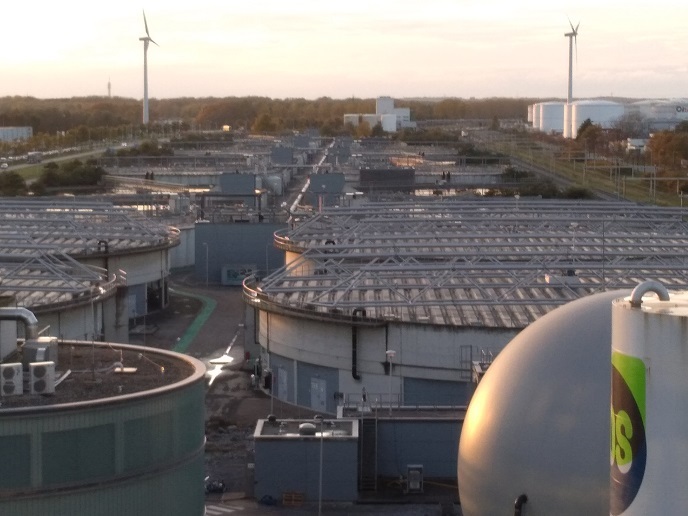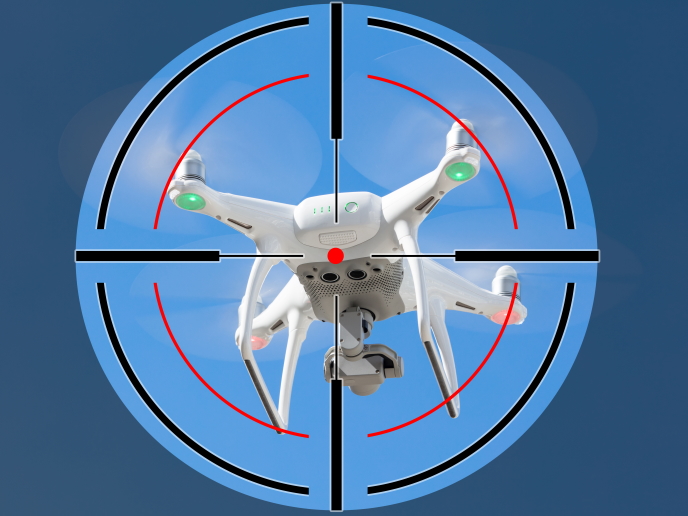Smart sensors can detect materials of mass destruction in shipping containers
Chemical, Biological, Radiological, Nuclear and Explosive (CBRNE) weapons are attractive to terrorists because the materials, technology and knowledge necessary to convert them into so-called ‘dirty bombs’ are relatively easy to acquire. “Even if a dirty bomb did not cause extensive loss of life, the potential consequences in terms of mass panic, economic disruption, evacuations and decontaminations would be very damaging,” says David Yaish of the EU-supported COSMIC project. Yet, the detection of CBRNE threats faces a number of challenges. Biological materials are not routinely inspected in transit and the way in which nuclear and radioactive materials are secured precludes straightforward inspection. Additionally, inspections are usually manual, which is time-consuming and impractical, given the ever-growing global volume of container traffic. The COSMIC team researched, designed and tested a three-stage system to detect CBRNE materials hidden in shipping containers, based on eight newly developed CBRNE sensors. “COSMIC offers fast and reliable detection of CBRNE threats in shipping containers, while reducing the cost of inspection. It can integrate with existing security workflows, providing operators with sophisticated data analytics,” explains Yaish, CEO of Lingacom, the project host.
Sensors and software
Before COSMIC, while Lingacom was developing a muon scanner to detect shielded radioactive and nuclear materials inside containers, the team became aware of obstacles in the detection of other materials. The sheer volume of travelling containers can effectively block the chemical signatures of CBRNE materials. Additionally, port authorities keep containers moving to avoid commercial disruption, making time-consuming inspections undesirable. To compound the challenge, the containers themselves are typically made of thick steel, and are usually sealed and locked, with terrorists often masking the trace signatures of threat materials, to evade standard detectors. COSMIC’s technology partners, including Lingacom, Technion, Ben-Gurion University (BGU) and CNB-CSIC/Yale developed eight CBRNE sensors: two for chemical, four for biological (three for bacterial and one for viral), one for nuclear and radioactive and one for explosives. These catered for three levels of inspection escalating in intensity: primary, secondary and then a more focused manual inspection. Project partner Atos developed the software for end users, such as customs officials, to access the sensors’ data, alongside the analytics software’s risk assessments and alarms, through web-enabled devices. All sensors were successfully tested during lab trials at Technion, Ben-Gurion University and CNB-CSIC/Yale, and during field trials conducted in the seaports of Rotterdam, Valencia and Haifa, based on plans provided by the end users: the Dutch Customs Administration, the Guardia Civil in Spain and the Israeli National Police, respectively. “Our system was shown to be highly accurate at detecting CBRNE materials in real scenarios,” remarks Yaish. “Once our technology is ready for the market, we look forward to helping authorities tackle terrorism and keeping citizens safe,” he adds.
A very real threat
Large-scale terror attacks over recent years on the streets of European cities such as Paris, Manchester, London, Brussels and Barcelona highlight the complex and urgent security challenges faced by authorities. But if terrorists were to acquire and use CBRNE material in a dirty bomb, casualty numbers would be even higher and the devastation more widespread. Barely 2 years after the 11 September 2001 terror attacks in the United States, a United States Senate report found that, since 1998, there had been over 1 300 reported incidents of lost, stolen or abandoned devices containing sealed radioactive material in the United States alone, an average of about 250 per year. More recently, NATO has warned of the threat posed by the availability of toxic biological and chemical materials, such as chlorine, mustard gas and sarin.
Keywords
COSMIC, dirty bomb, terrorist, security, chemical, biological, radiological, nuclear, explosive, weapons, threats, shipping containers







